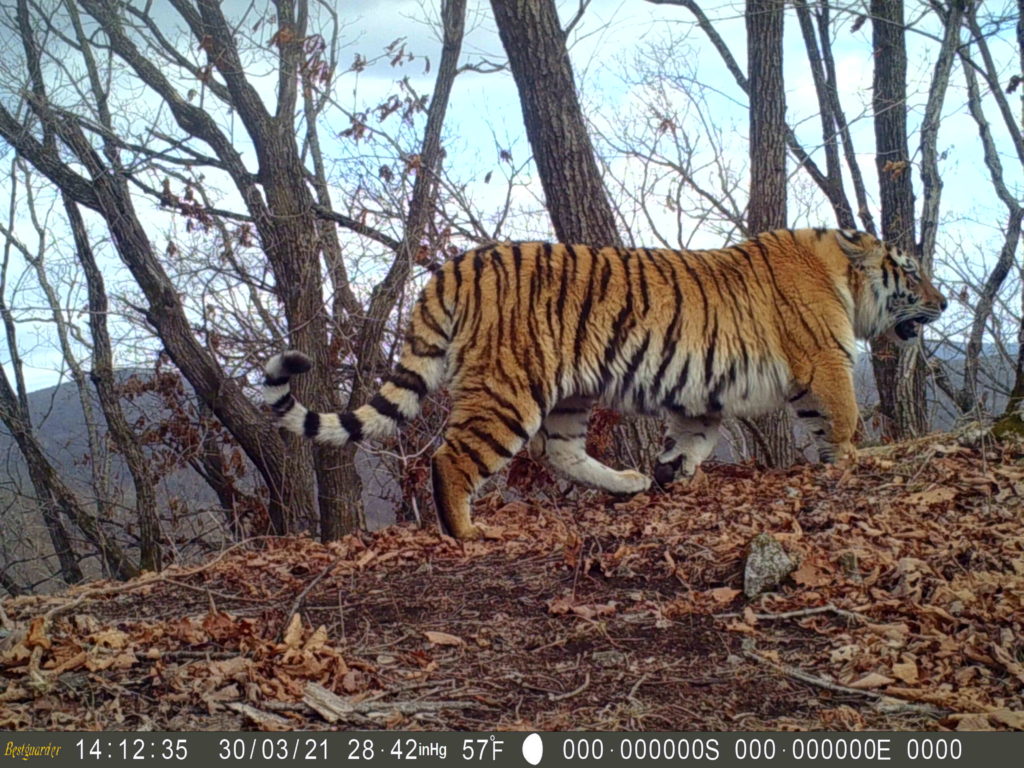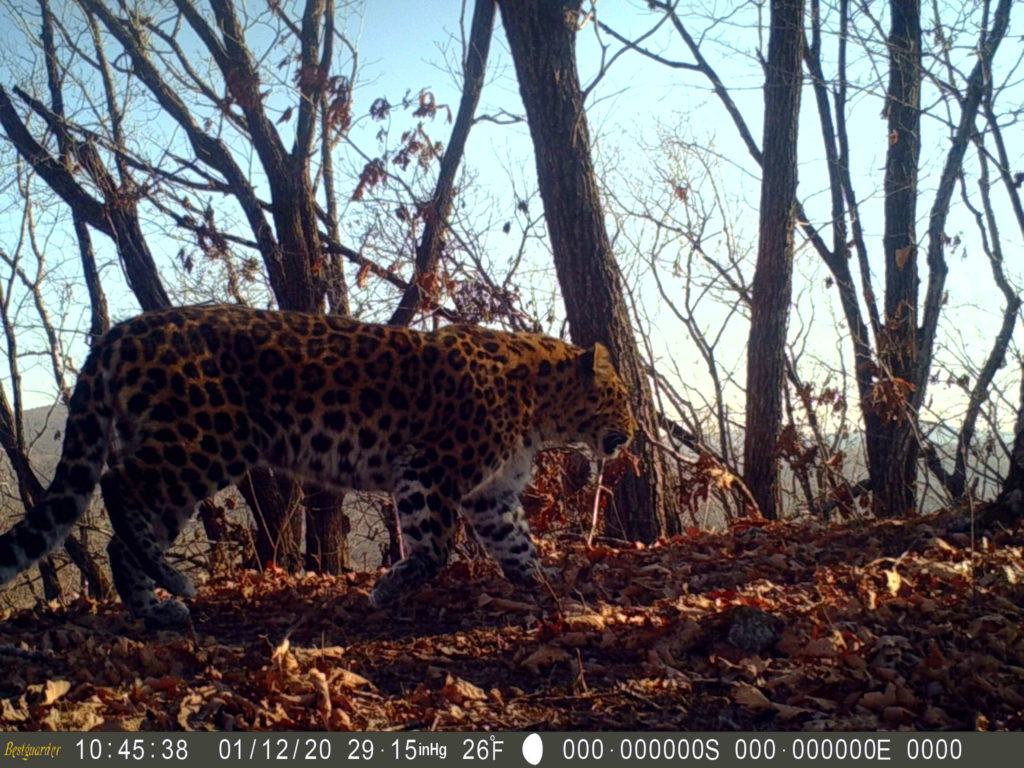The present-day represents a pivotal moment for big cat conservation in northeast China as tigers and leopards continue to disperse from source populations in Russia. With support from the WildCats Conservation Alliance, the Wildlife Conservation Society (WCS) has documented this increase and the establishment of fledgling populations of Amur tigers in China.
Since 1998, the WCS has been working in northeast China to help facilitate Amur leopard and tiger conservation. During this time, they have been instrumental in the creation of safe places for transboundary big cats to roam.
The WCS has aided in the formation of the Hunchun Nature Reserve (HNR) in northeast China which now represents the most important entry point for tigers and leopards to move from Russia into China. They have also worked in collaboration with the Government of China to establish a Tiger and Leopard National Park (TLNP) which is 50% larger than Yellowstone National Park in America.
Why this is important
It is estimated that there are probably fewer than 540 Amur tigers in the world and the Amur leopards’ plight is even more precarious, with under 100 left. Historically, the largest and most productive big cat habitats were found in Northeast China, however, development in the nineteenth and twentieth century led to habitat loss and intensive hunting. Today, most Amur tigers and leopards reside on the Russian side of the Manchurian Mountains, but the majority of available habitat is on the Chinese side.
After teetering on the verge of extinction, populations of both Amur tigers and leopards are slowly rebounding. To accommodate these growing numbers, China has set aside a vast territory by establishing the HNR and LTNP. It is hoped this protected area will bolster populations of the endangered big cats and will enable the animals to roam between the two countries.
What are the threats?
HNR and LTNP face similar obstacles other protected areas experience across the world. WCS China has been assisting with snare removals, patrol strategy, anti-poaching tactics, reserve design, population monitoring, and tackling human-tiger conflict. Future-focused management of the park will have to ensure the needs of villagers living in the park and provide an environment in which tigers and leopards can thrive.
The future of these big cats in northeast China remains uncertain. Nonetheless, the LTNP signals a change in China’s attitude toward conservation and provides the opportunity for them to lead in the protection of some of the rarest wild cats in the world.
Recent 2021 update from WCS China
So far this year the team has identified 4 individual Amur tigers in China (2 males, 1 female, and 1 unknown sex) and 2 leopards (2 males) by comparing stripe and spot patterns.
WCS experiences in Hunchun Nature Reserve already indicate that some conservation interventions (e.g., snare removal, depredation compensation) are leading to increasing numbers of these Amur tigers and leopards—including breeding females.
In addition to Amur leopards and tigers, the team also recorded other animals. About half of these were ungulates (48% of all animals). Roe deer, an important prey species, accounted for about 74% of ungulates.







